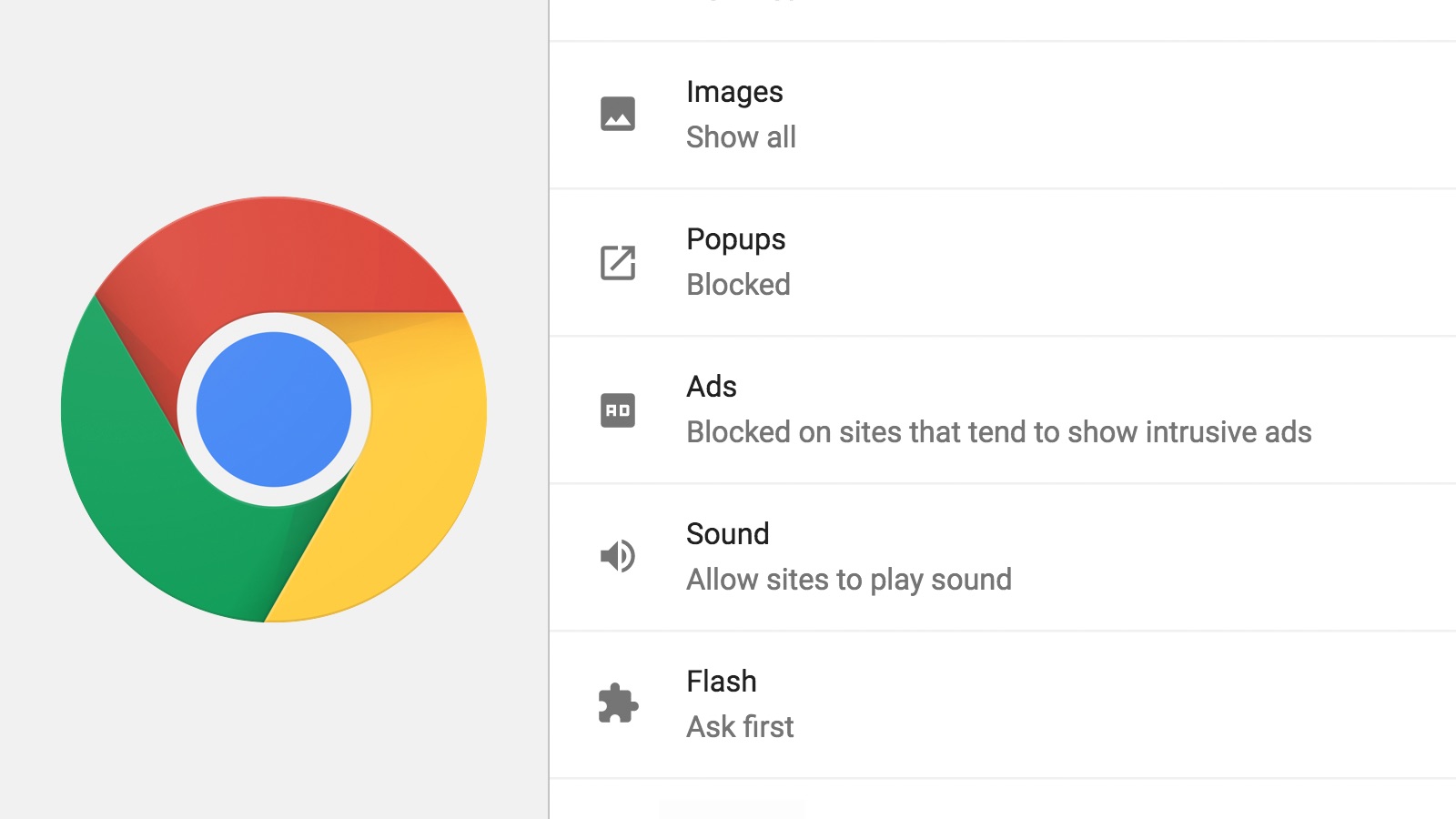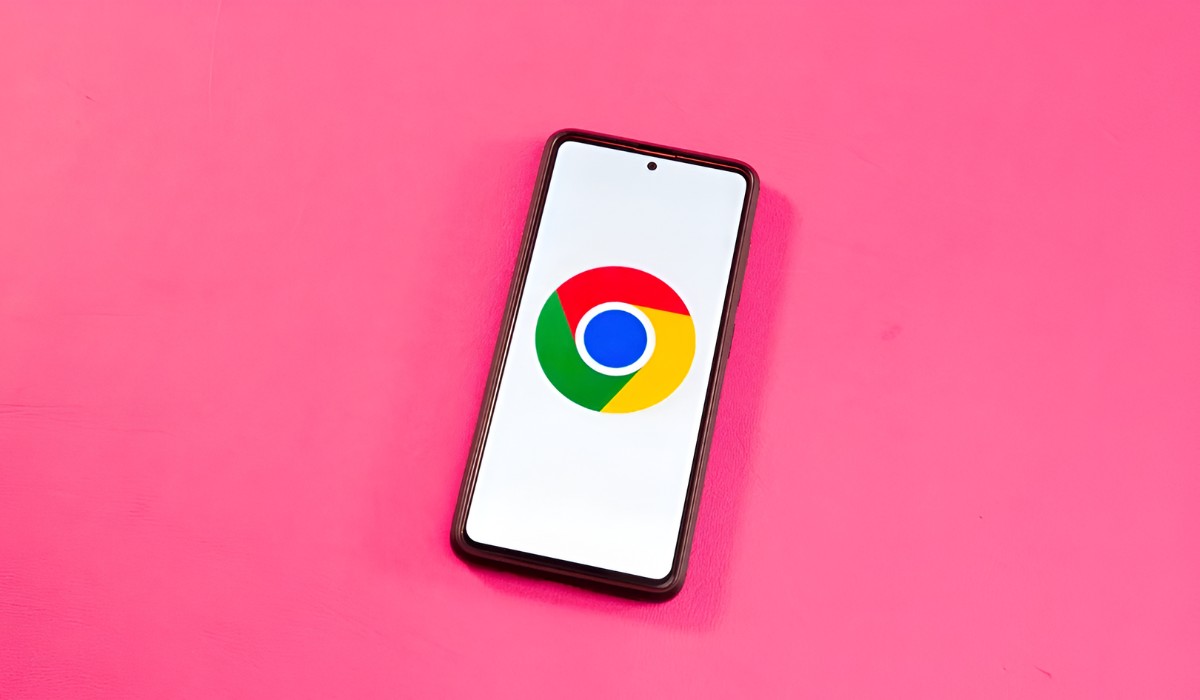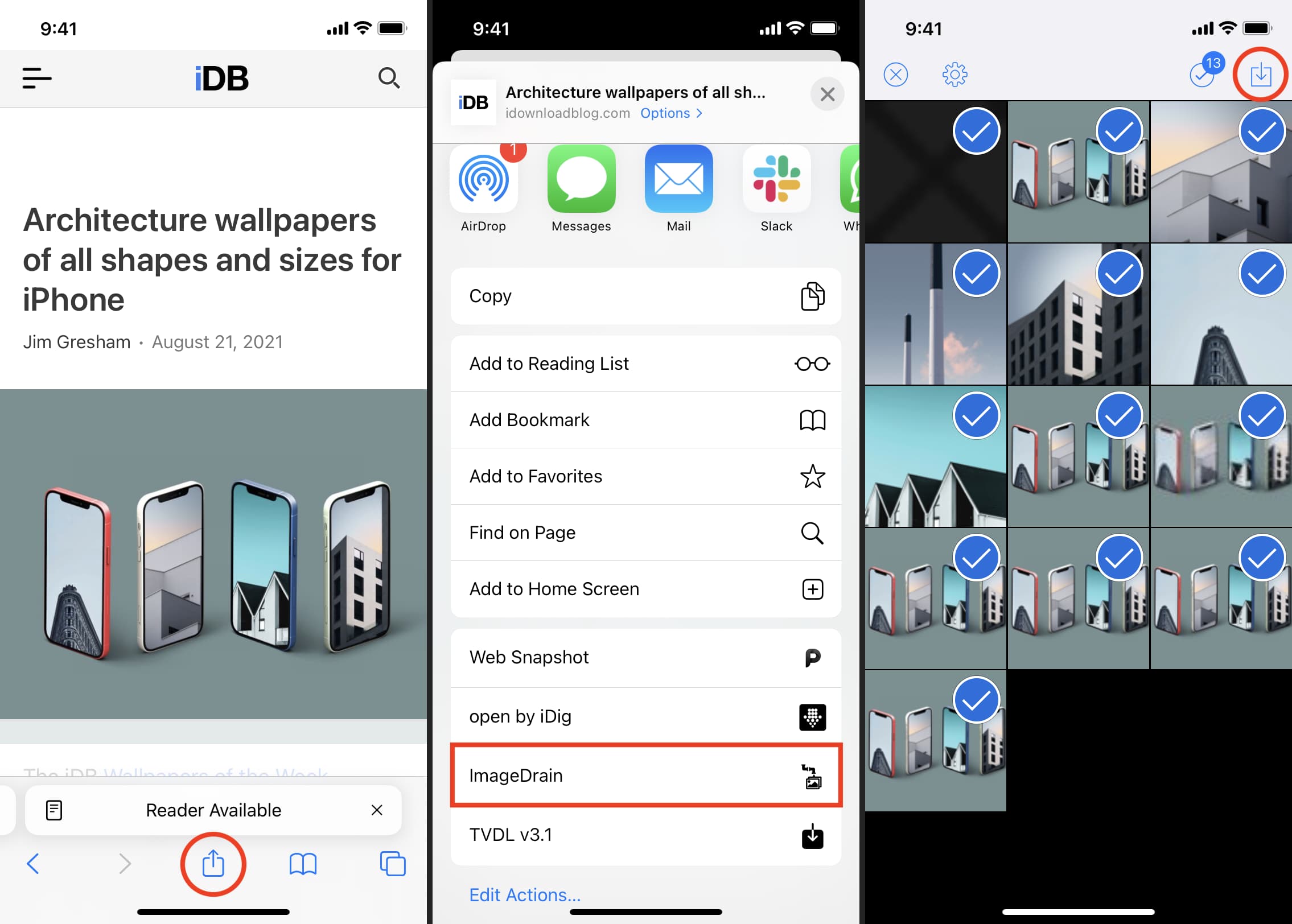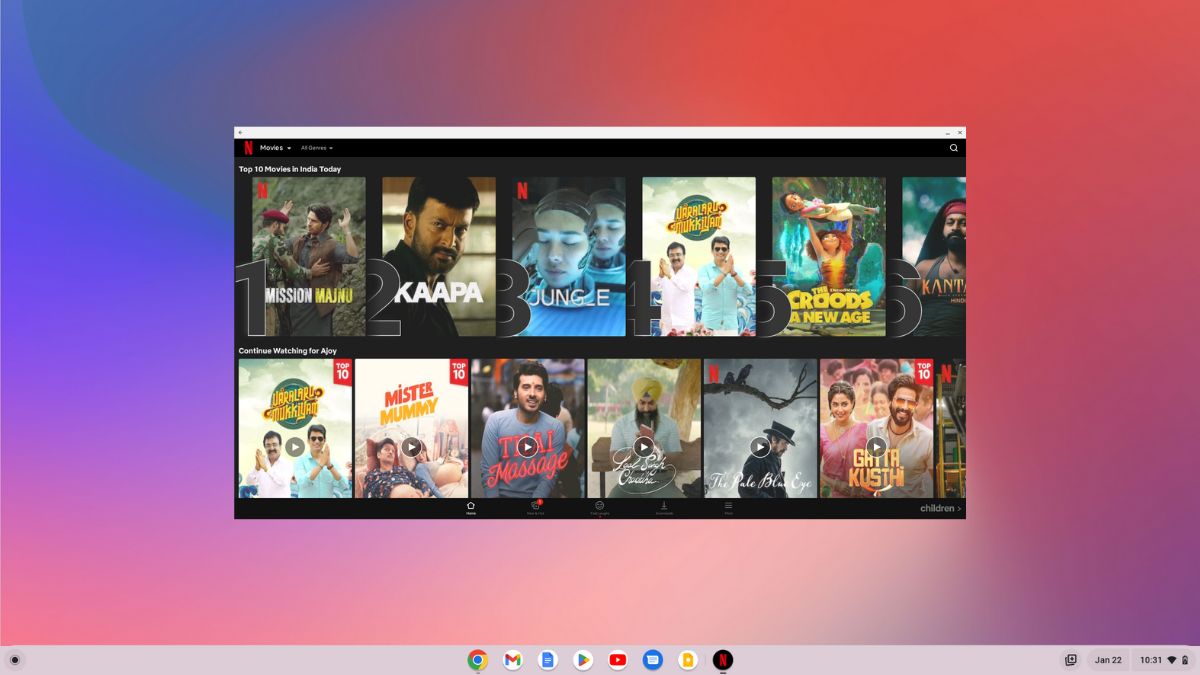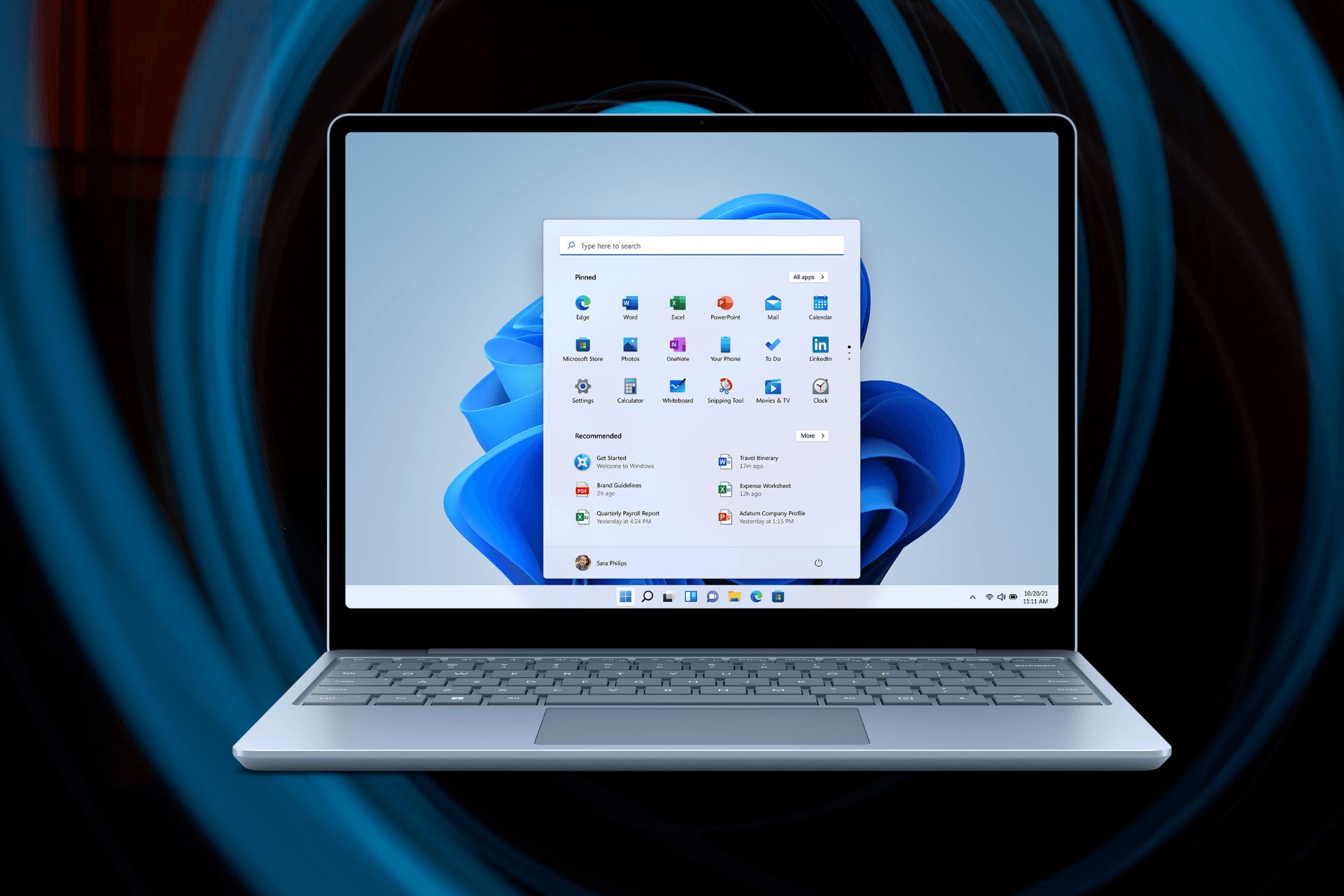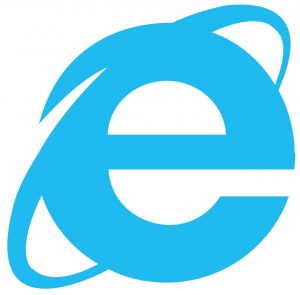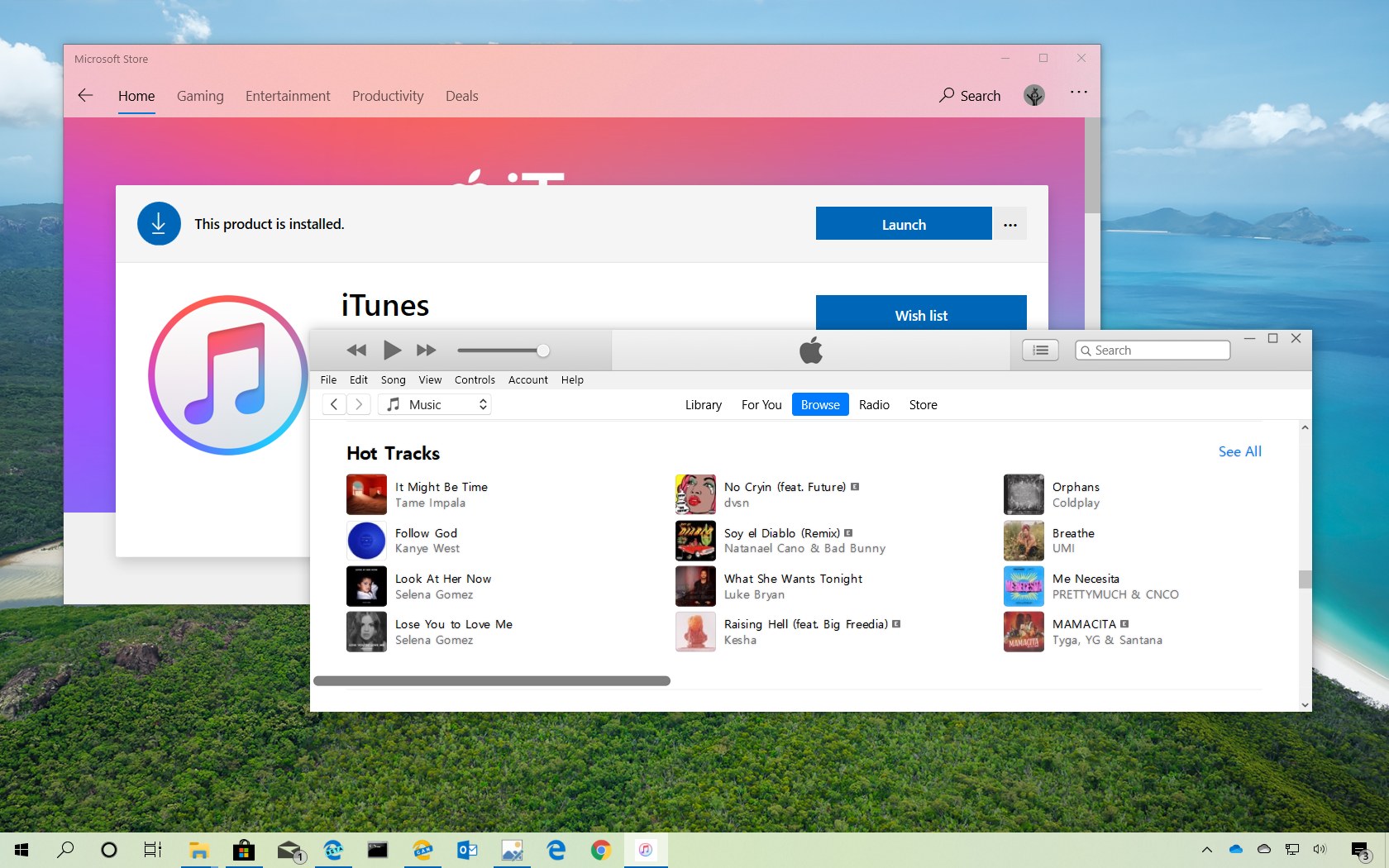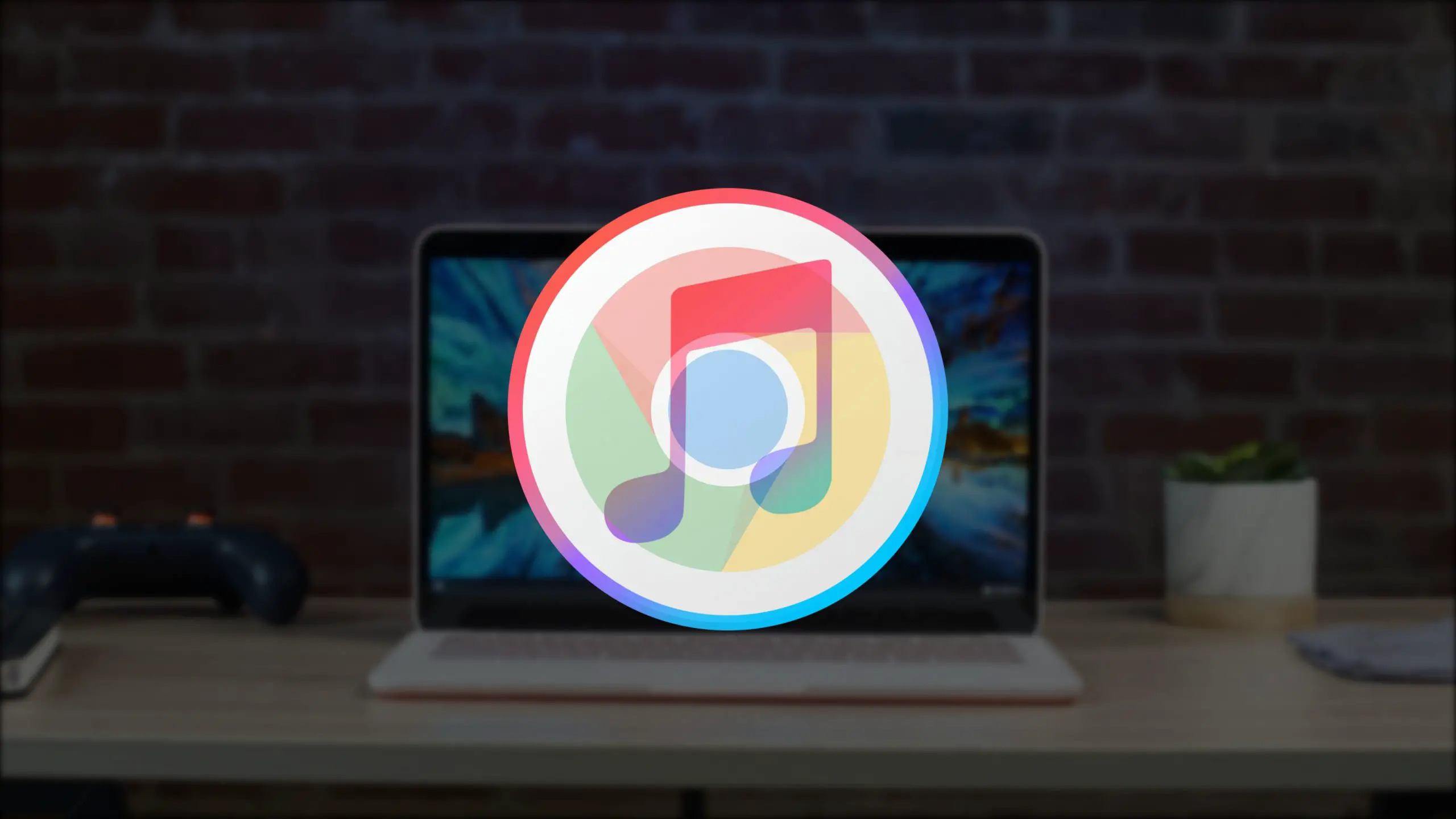Introduction
When it comes to browsing the web, Google Chrome stands out as one of the most popular and versatile web browsers available. Its user-friendly interface, robust features, and extensive library of extensions make it a top choice for millions of users worldwide. One of the lesser-known but crucial aspects of Chrome's functionality is its handling of media licenses. These licenses play a vital role in enabling users to access and enjoy a wide range of multimedia content, including audio and video streams, within the browser.
Understanding the intricacies of media licenses in Chrome is essential for anyone who regularly consumes digital media. From streaming music and videos to engaging with interactive web content, media licenses are the behind-the-scenes enablers that ensure a seamless and secure experience. In this article, we will delve into the world of media licenses in Chrome, shedding light on how they function, the different types available, and how users can manage them effectively.
As we embark on this exploration, it's important to note that media licenses are an integral part of the modern web browsing experience. They are designed to protect the rights of content creators and distributors while facilitating the lawful consumption of digital media by end users. By gaining a deeper understanding of media licenses in Chrome, users can navigate the digital landscape with confidence, knowing that they are engaging with media content in a manner that respects intellectual property rights and copyright laws.
With this in mind, let's embark on a journey to unravel the mysteries of media licenses in Chrome, demystifying their role and significance in the realm of online multimedia consumption. By the end of this article, readers will have a comprehensive understanding of how media licenses operate within Chrome, empowering them to make informed decisions and optimize their browsing experience.
Understanding Media Licenses
Media licenses serve as the digital keys that unlock access to a wide array of multimedia content on the web. In essence, these licenses are the virtual permits that enable users to stream music, watch videos, and interact with interactive media elements embedded within websites. At their core, media licenses are designed to regulate the distribution and consumption of digital media, ensuring that content creators and distributors maintain control over how their works are accessed and utilized.
When a user encounters multimedia content on the web, such as a streaming music service or an online video platform, the underlying media files are often protected by licenses. These licenses dictate the terms and conditions under which the content can be accessed, determining factors such as playback quality, geographical restrictions, and the duration of access. By adhering to these licensing agreements, users can enjoy seamless access to a diverse range of digital media while respecting the rights of content creators and copyright holders.
Media licenses also play a crucial role in safeguarding the intellectual property rights associated with digital media. Through encryption and digital rights management (DRM) technologies, licenses help prevent unauthorized distribution and piracy, preserving the integrity of copyrighted works. This not only benefits content creators and distributors but also contributes to a more secure and sustainable digital ecosystem for users worldwide.
It's important to note that media licenses are not limited to traditional audio and video content. In the ever-evolving landscape of web technology, licenses also govern the usage of interactive media elements, such as browser-based games, virtual reality experiences, and augmented reality applications. These licenses ensure that the interactive components of websites and web applications are utilized in accordance with the terms set forth by their creators, fostering a balanced environment where innovation and creative expression can thrive.
In summary, understanding media licenses is essential for anyone who engages with digital media on the web. By recognizing the role of licenses in regulating access to multimedia content and upholding intellectual property rights, users can navigate the online landscape with a heightened awareness of the legal and ethical considerations surrounding digital media consumption. With this foundational understanding in place, we can now delve into how media licenses operate within the context of Google Chrome, shedding light on their integration and impact within the popular web browser.
How Media Licenses Work in Chrome
In the realm of web browsing, Google Chrome has established itself as a leading platform for accessing and interacting with digital media. When it comes to handling media licenses, Chrome employs a sophisticated framework to ensure that users can seamlessly enjoy multimedia content while adhering to licensing agreements and copyright regulations.
At the core of Chrome's media license functionality is its support for various industry-standard technologies that enable the secure playback and distribution of digital media. One of the key components in this ecosystem is the integration of digital rights management (DRM) systems, which are designed to enforce the terms and conditions set by content providers and copyright holders. By leveraging DRM technologies, Chrome can securely deliver encrypted media streams to users, safeguarding the integrity of licensed content and preventing unauthorized redistribution.
Furthermore, Chrome's support for HTML5 and related web standards plays a pivotal role in how media licenses are managed within the browser. HTML5 provides a robust foundation for delivering multimedia content, offering native support for audio and video playback without the need for third-party plugins. This native support extends to the handling of media licenses, allowing Chrome to seamlessly interact with licensed content while maintaining a high level of compatibility and security.
When a user encounters licensed media content on the web, Chrome's built-in capabilities come into play to ensure a smooth and compliant playback experience. Whether it's streaming a music album, watching a movie, or engaging with interactive multimedia elements, Chrome's media license management system works behind the scenes to facilitate the lawful consumption of digital media. This includes handling license acquisition, decryption, and enforcement, all while prioritizing user privacy and security.
In addition to its technical underpinnings, Chrome also provides users with transparent visibility into the media licenses associated with the content they access. Through intuitive user interfaces and informative prompts, Chrome empowers users to understand the licensing terms governing the media they consume, fostering a culture of awareness and respect for intellectual property rights.
Overall, the seamless integration of DRM technologies, support for web standards, and user-centric design principles collectively define how media licenses work in Chrome. By embracing these elements, Chrome ensures that users can engage with licensed digital media in a manner that is both convenient and compliant, enriching the web browsing experience while upholding the rights of content creators and distributors.
Types of Media Licenses
Media licenses encompass a diverse array of agreements and permissions that govern the distribution and consumption of digital media. Within the context of web browsing and online multimedia consumption, several types of media licenses play a pivotal role in shaping the accessibility and utilization of licensed content. Understanding these different license types is essential for users seeking to navigate the digital landscape with clarity and compliance.
-
Streaming Licenses: Streaming licenses are prevalent in the realm of online music and video services. These licenses authorize the streaming of copyrighted audio and video content to end users, often encompassing factors such as playback quality, geographical restrictions, and the duration of access. Streaming licenses enable platforms to deliver a wide range of multimedia content to audiences while ensuring that the rights of content creators and copyright holders are respected.
-
Performance Licenses: Performance licenses come into play when digital media is presented in a public or commercial setting. This includes scenarios such as live streaming of concerts, theatrical performances, and public screenings of movies. Performance licenses regulate the public exhibition of copyrighted works, ensuring that the appropriate permissions and royalties are in place to support the lawful showcasing of digital media in public venues.
-
Interactive Media Licenses: With the proliferation of interactive web content, interactive media licenses have become increasingly relevant. These licenses govern the usage of browser-based games, virtual reality experiences, augmented reality applications, and other interactive elements embedded within websites. By delineating the terms of use for interactive media, these licenses facilitate the responsible and lawful engagement with innovative digital experiences.
-
Syndication Licenses: Syndication licenses pertain to the distribution of digital media across various platforms and channels. Content syndication involves the licensing of media for redistribution and repurposing, allowing content to reach wider audiences through diverse outlets. Syndication licenses play a crucial role in enabling the lawful dissemination of digital media while ensuring that the original creators and rights holders receive appropriate recognition and compensation.
-
Adaptive Streaming Licenses: Adaptive streaming licenses are specifically tailored to the delivery of multimedia content through adaptive bitrate streaming technologies. These licenses govern the dynamic adjustment of video and audio quality based on network conditions, ensuring a seamless playback experience for users while upholding the rights and restrictions associated with licensed content.
By recognizing the nuances and implications of these diverse media license types, users can gain a deeper appreciation for the intricate web of agreements and permissions that underpin the digital media landscape. Each license type serves a distinct purpose in regulating the distribution and consumption of digital media, contributing to a balanced and sustainable ecosystem where content creators, distributors, and end users can coexist harmoniously within the realm of online multimedia.
Managing Media Licenses in Chrome
Managing media licenses in Chrome is an integral aspect of ensuring a seamless and compliant multimedia experience within the browser. While Chrome handles much of the license management process transparently and automatically, users may encounter scenarios where they need to interact with or troubleshoot media licenses directly. Understanding how to effectively manage media licenses in Chrome empowers users to address potential issues and optimize their digital media consumption.
Clearing Media Licenses
In certain situations, users may encounter playback issues or licensing errors when accessing multimedia content in Chrome. Clearing media licenses can serve as a troubleshooting step to address such issues. By navigating to Chrome's settings and accessing the "Privacy and security" section, users can find the option to clear site data, which includes media licenses. This process effectively resets the stored licenses for websites, potentially resolving playback issues and ensuring that new licenses are acquired when revisiting affected sites.
Updating Chrome and DRM Components
Chrome regularly receives updates that include enhancements to its media playback capabilities and DRM components. Ensuring that Chrome is up to date is crucial for maintaining compatibility with the latest media licenses and security protocols. By accessing Chrome's settings and navigating to the "About Chrome" section, users can check for and install any available updates. This practice helps to keep Chrome's media license management system aligned with industry standards and best practices.
Troubleshooting License Errors
In the event of persistent license errors or playback issues, users can leverage Chrome's developer tools to gain insights into the status of media licenses. By accessing the developer tools menu and navigating to the "Application" tab, users can explore the "Clear storage" section, which includes options to manage media licenses and related data. This level of visibility allows users to diagnose and troubleshoot license-related issues, providing a deeper understanding of how licenses are acquired and managed within Chrome.
Leveraging Extension Support
Chrome's extensive library of extensions includes tools that can enhance the management of media licenses. For example, certain extensions offer features that optimize media playback, address DRM-related issues, and provide additional controls for managing licensed content. By exploring the Chrome Web Store and identifying relevant extensions, users can augment their ability to interact with and manage media licenses, further customizing their browsing experience.
By familiarizing themselves with these strategies for managing media licenses in Chrome, users can navigate the intricacies of licensed multimedia content with confidence and agility. Whether it involves troubleshooting playback issues, staying updated with Chrome's latest enhancements, or leveraging extensions to augment license management capabilities, users can proactively engage with licensed digital media while upholding the principles of compliance and respect for intellectual property rights.
Conclusion
In conclusion, the realm of media licenses in Google Chrome represents a critical yet often overlooked aspect of the web browsing experience. By unraveling the intricacies of media licenses, users can gain a deeper appreciation for the role these digital permits play in enabling the seamless and lawful consumption of multimedia content. From streaming music and videos to engaging with interactive web experiences, media licenses serve as the guardians of intellectual property rights and the enablers of a vibrant digital ecosystem.
Within the context of Chrome, the handling of media licenses is underpinned by a sophisticated framework that seamlessly integrates digital rights management (DRM) technologies, support for web standards, and user-centric design principles. This approach ensures that users can access and interact with licensed digital media in a manner that is both convenient and compliant, fostering a balanced environment where content creators, distributors, and end users can coexist harmoniously.
As users navigate the digital landscape, understanding the various types of media licenses – including streaming licenses, performance licenses, interactive media licenses, syndication licenses, and adaptive streaming licenses – provides a comprehensive view of the diverse agreements and permissions that govern the distribution and consumption of digital media. This awareness empowers users to engage with licensed content responsibly, respecting the rights and restrictions set forth by content creators and copyright holders.
Furthermore, effective management of media licenses within Chrome is essential for optimizing the multimedia experience. From troubleshooting playback issues to staying updated with the latest browser and DRM component enhancements, users can proactively engage with licensed digital media while upholding the principles of compliance and respect for intellectual property rights.
By shedding light on the significance of media licenses in Chrome and equipping users with the knowledge to navigate and manage these licenses effectively, this exploration aims to elevate the awareness and understanding of a fundamental aspect of the modern web browsing experience. As users continue to engage with digital media in the online realm, a nuanced understanding of media licenses in Chrome empowers them to navigate the digital landscape with confidence, respect, and a heightened awareness of the legal and ethical considerations surrounding digital media consumption.







